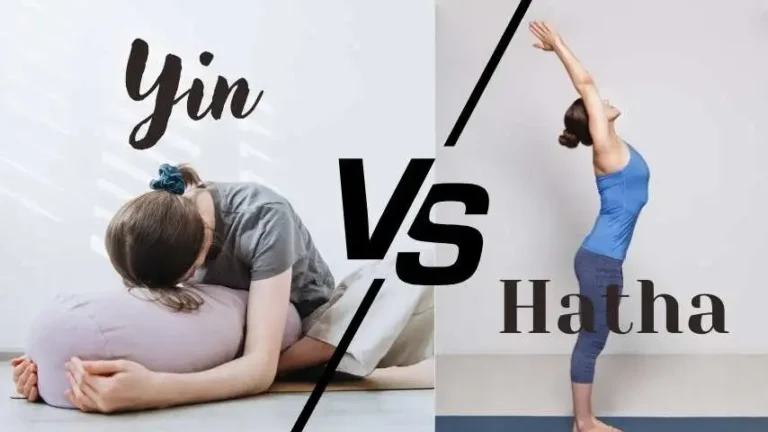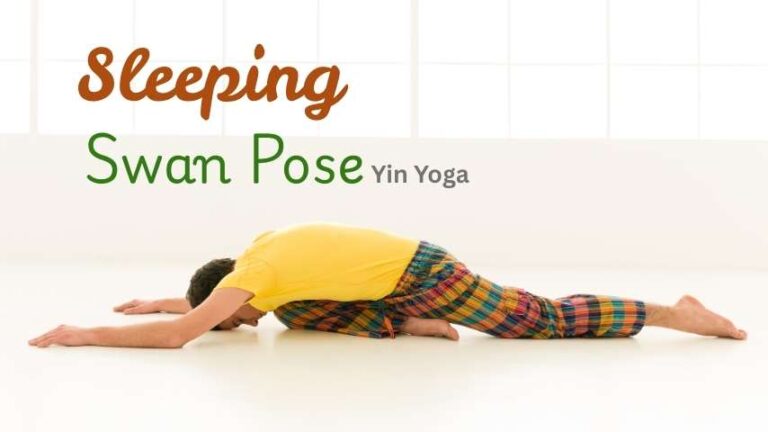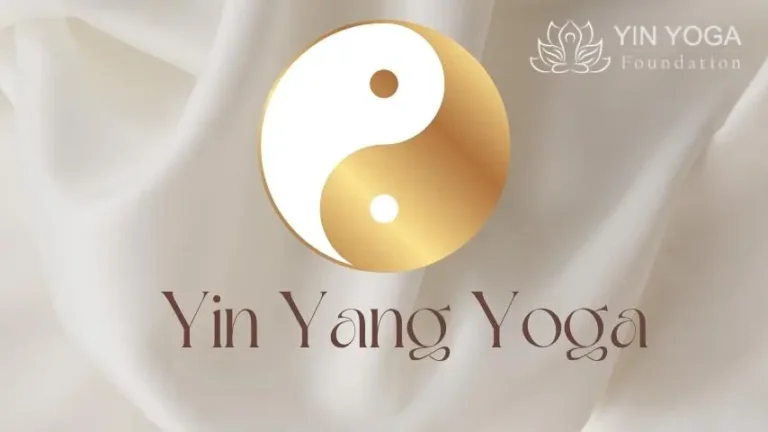
is yin yoga waste of time
Yoga plays a significant role in fitness and well-being. It is good for your physical, mental, and emotional health. Yin Yoga stands out for its calm approach, featuring slow movements and stretches held for a long time, all while encouraging deep focus. In a society that often values intensity and quick results, some people question whether practicing Yin Yoga is truly beneficial. Is Yin Yoga beneficial or is it just a trend with minimal benefits? Your goals and your definition of success will determine the answer.
What is Yin Yoga?
Yin Yoga focuses on connective tissues such as ligaments and fascia, not muscles. It involves holding poses for a long time, typically between 2 and 5 minute. Yin Yoga emphasizes stillness and surrender.
Yin Yoga has its roots in Chinese medicine and is influenced by Taoist beliefs. Its goal is to improve joint flexibility and promote a sense of calm. You can think of Yin Yoga as a gentler option compared to more active “yang” workouts.
Arguments in favor of Yin Yoga
1. Joint Health and Improved Flexibility
Yin Yoga increases flexibility by gently stretching the connective tissue, which encourages them to become more flexible over time. While other yoga forms also increase flexibility through dynamic stretching, Yin targets the deeper layers. Yin is a great supplement for people who have tight hips, stiff lowerbacks or limited ranges of motion.
2. Emotional release and mental clarity
Meditation is a major draw of Yin Yoga. The discomfort that comes with holding still for several moments, both physical and mental, is a major draw of Yin Yoga. This can increase awareness, reduce anxiety, and release emotions. The slowness of Yin is deeply therapeutic in a world that moves at a rapid pace.
3. Nervous System Regulation
Yin Yoga stimulates the parasympathetic system, which is responsible for “rest and digest”. Yin Yoga is a relaxing workout that does not activate the stress response like high-intensity exercises. This can reduce cortisol, improve sleep and help recover from stress or overtraining.
4. Accessibility
Yin Yoga is accessible to beginners, older adults and people with injuries. It doesn’t demand a high level or fitness. Props such as bolsters and blocks can be used to support your body. This allows you to enjoy the poses without having to strain.
Arguments against Yoga – Yin Yoga a Waste of Time
1. Lack Of Physical Intensity
Yin Yoga will not deliver for those seeking to lose weight, improve cardiovascular health or gain strength. It does not build muscle nor raise the heart rate. It may seem unproductive to those who are used to “progressing” through sweat or exertion.
2. Overstretching
Yin is a passive stretching technique that can be done for a long time. This poses a risk to ligaments and tendons, especially if you don’t have the right guidance. These tissues do not contract and release like muscles. Once overstretched they may not be able to return to their initial shape. This can lead to joint injury or instability.
3. Aims not for everyone
If you want to improve your athletic performance or run a faster half-mile, Yin Yoga will not help. It is a tool, and it can be effective for certain results. But it’s not a full fitness solution.
Is Yin Yoga waste of time?
To call Yin Yoga a “waste” of time is to misunderstand the purpose. It is not meant to be a sweaty, calorie-burning workout. It is a form of complementary self-care that is especially suited for modern lifestyles, which are overstimulated, and stressful.
If you’re looking for:
- Deeper flexibility
- The quiet space is a good place to process your emotions
- Slow down and be present
- Supporting the recovery of injured patients with gentle support
- Exercises that are intense can be counterbalanced with a more moderate workout
Yin Yoga will not waste your time. When practiced regularly and mindfully, it can have a transformative effect.
If your focus is solely on improving performance — like building muscle, increasing endurance, or enhancing your metabolism — then relying only on Yin yoga won’t help you achieve those goals. In that case, it might feel unhelpful or even dull.
The Value of Stillness
In many ways, Yin Yoga’s value is not what it can do physically but what it can offer mentally. Stillness is revolutionary in a culture which often associates value with actions. Yin encourages us to be patient, curious, and present. It challenges the idea that faster, harder and more intense are always better.
Sitting with discomfort, whether it’s a hip opener, or even a moment of quiet can foster resilience and self awareness. This internal shift can be more powerful than any physical benefit for many.
Integration is key
Integration is more effective than choosing between Yin Yoga or other forms of movement. Athletes can benefit from incorporating Yin to recover and improve mobility. Professionals who are stressed can use it to reset their mind. Slowing down can make even the most active fitness enthusiast’s workouts more efficient.
In the end, there is no such thing as a form of exercise that exists in isolation. The best routines support your lifestyle and mental health.
The conclusion of the article is:
Some people may find it a waste of time, if they are only interested in achieving high-impact outcomes. For many, however, it’s a practice that helps cultivate physical ease, emotional equilibrium, and mental clarity. Slowness is not a fault, but rather a benefit. In a society that gives us little permission to pause for thought, Yin Yoga encourages us to slowdown, to go inward and to reconnect. This is the best use of your time.





